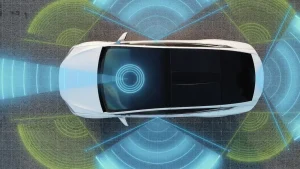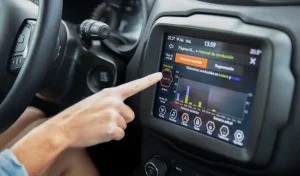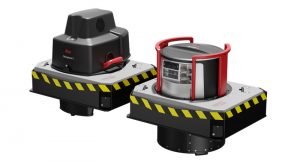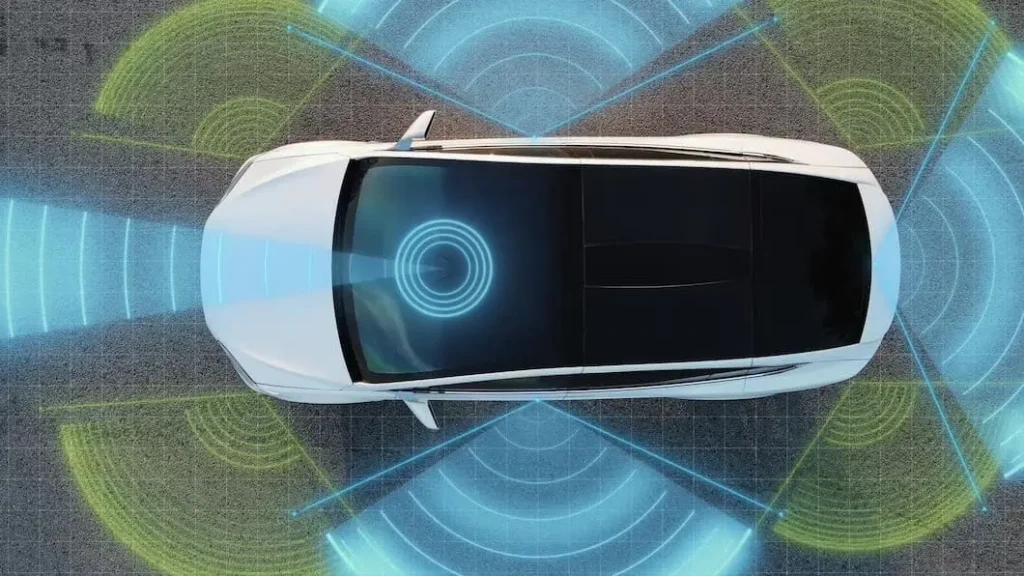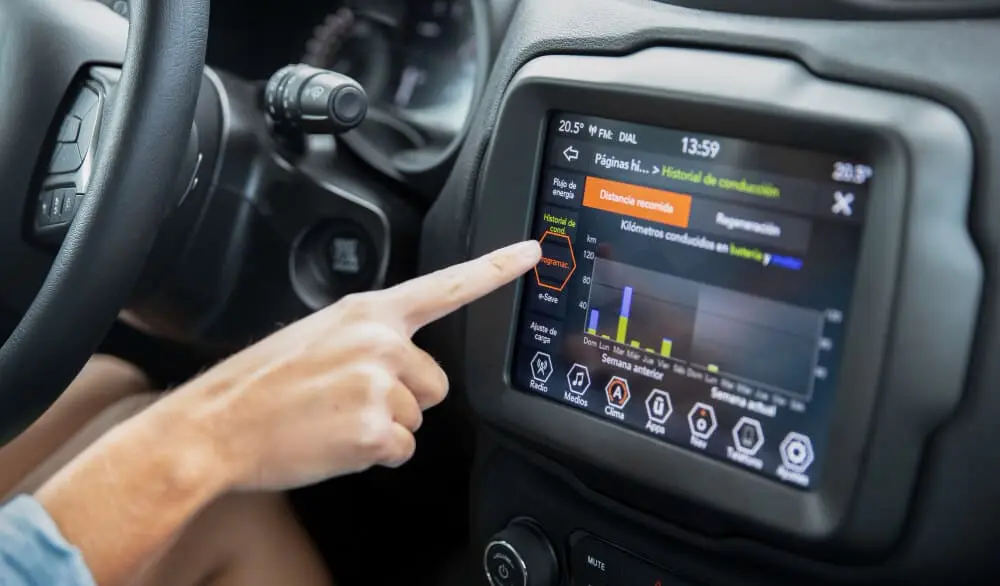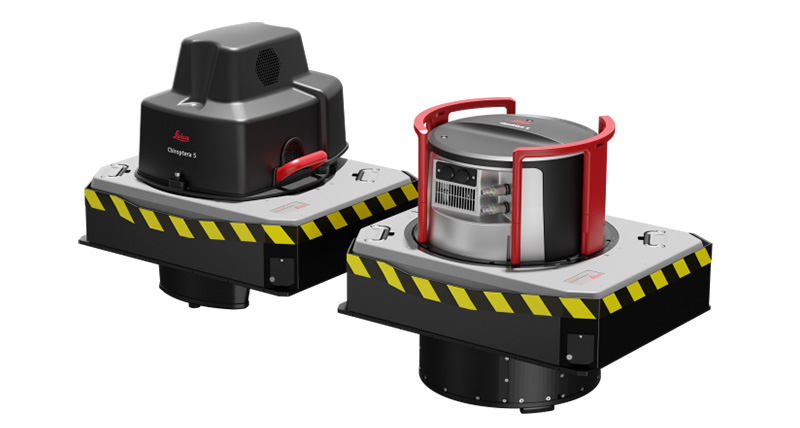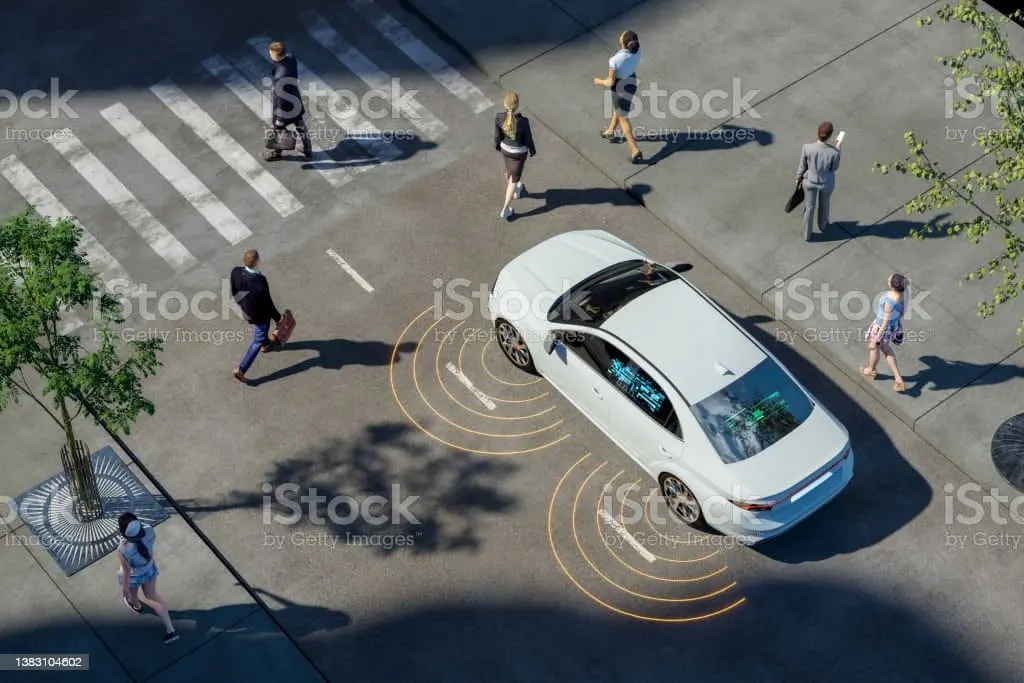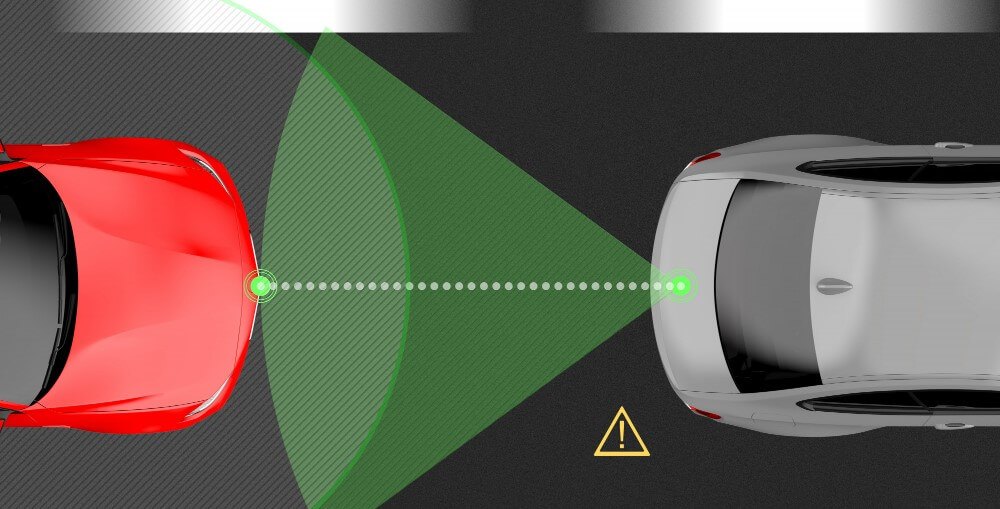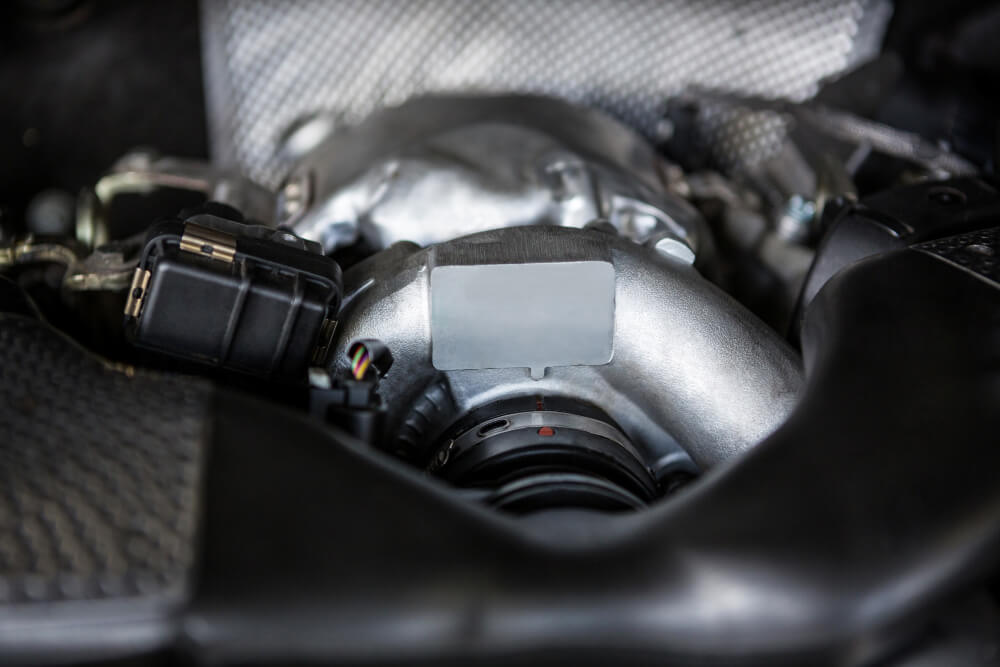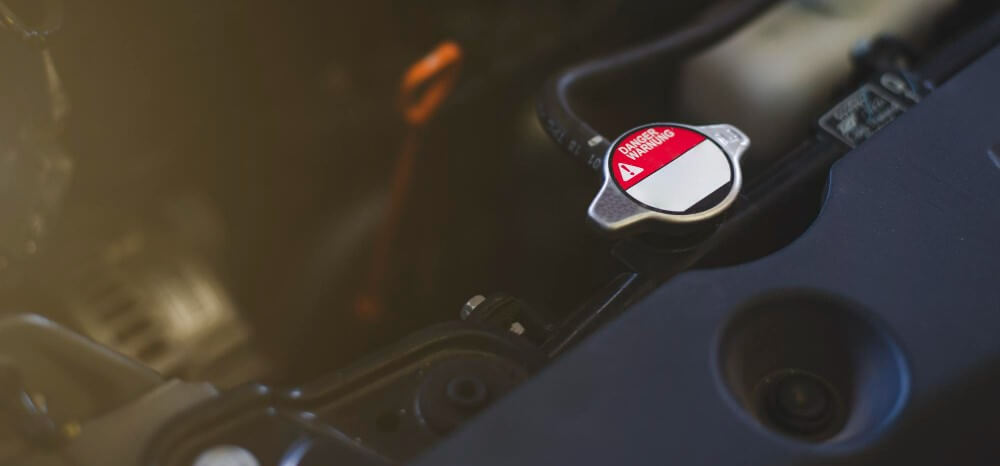Even seasoned drivers acknowledge that parallel parking and confined parking spaces are challenging. Cars are frequently slid into strange parking spaces by motorists. To do this, one may need to make a lot of adjustments and stick their head out the window to determine how far away the nearest wall is.
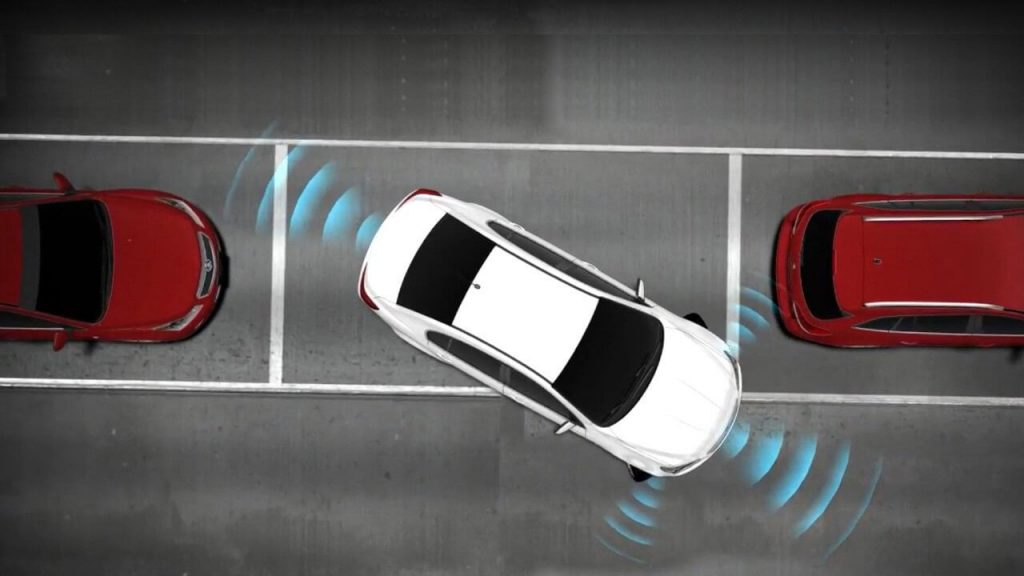
Installing a car proximity sensor, a practical element in modern cars makes everything much simpler. A vehicle’s parking space envelope can be estimated with a car proximity sensor. This function is especially helpful for new drivers who are still learning the nuances of the skill. In order to understand what car proximity sensor automotive is and how they work, let’s take a closer look at them.
What is a car proximity sensor?
A device that senses the presence of adjacent things, typically people or animals, is called a car proximity sensor. Car proximity sensors can find an object without touching it since they use an electrical signal to do so. Security systems frequently employ proximity sensors to identify automobile theft or tampering attempts. They can park a car by sensing available space or automatically open doors when the owner is nearby. To avoid harm to the autonomous vehicle, the person, or the animal, we occasionally use them at a distance that is roughly approximate.
Different types of Proximity Sensor
In today’s vehicles, there are primarily two types of proximity or parking sensors:
Electromagnetic proximity sensors
To find nearby obstructions, these sensors use electromagnetic frequencies. These can recognize a wider variety of things than an ultrasonic sensor detects can since they can distinguish between a wide range of electromagnetic spectrum wavelengths. These sensors are occasionally used with a camera to improve the driver’s ability to see the area surrounding their vehicle.
Ultrasonic proximity sensors
High-frequency sound waves are used by these sensors to identify obstructions. Human ears cannot hear the sound pulses produced by ultrasonic sensors. When waves bounce off things, a receiver inside the sensor tracks them and determines how far away the vehicle is from the nearby objects. Interesting fact: Because bats’ vision isn’t well developed, they use a similar technique to find impediments.
How do car proximity sensors work?
Car proximity sensors detect when your car is getting close to an item, which is pretty much what they do. They operate in a less basic manner because different sensor types employ various techniques to assist the driver in avoiding unpleasant bumps.
Sonar is used, for instance, by ultrasonic sensors. The sensors can determine how far away the car is from an object by measuring the echo durations of sound waves that bounce off adjacent objects, and they can warn the driver as the car approaches the target. When something enters the electromagnetic field that electromagnetic sensors have created around the bumper, an alert is given.
Each system has a unique way of notifying a motorist, usually in the form of an increasing number of beeps. Upgrades have become available in recent years, and some vehicles now come equipped with a digital display that shows the area of the car that is closest to the item.
The two types of car proximity sensors most frequently used for parking are ultrasonic and electromagnetic. They are also utilized in many other applications, such as burglar alarms. These sensors have been around for a while and may either be purchased and fitted separately or incorporated into a vehicle.
FAQs
What is proximity?
Physical proximity between two or more things is referred to as proximity. The presence of close items is detected by proximity sensors. When an object is close to an opening door, hatch, or even just the presence of a person or a part of their body, security, keyless entry, and automated parking systems all use proximity.
What is a micro proximity sensor?
The micro proximity sensor is a sort of proximity sensor with a limited range. The microsensor finds potential collision-causing objects that are too close to the automobile. A micro proximity sensor typically has a range of only a few inches.
What is a Laser proximity sensor?
By observing the laser beam’s reflection, laser sensors may determine whether an object is there. They measure the distance to the obstacle and are positioned on the car’s four corners. Ideal for small to medium-sized objects is the laser sensor. The laser proximity sensor has a 10-foot maximum range.
What is the proximity sensor range?
The proximity sensor’s detection range is the distance at which an object can be found. The type of sensor, the size of the object, and the environment in which it is utilized all affect a proximity sensor’s range.
What is the use of proximity sensors?
Without actually touching them, proximity sensors can be used to detect the presence of surrounding objects. These sensors identify objects in and around the car and inform the passengers.

